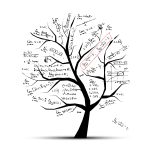
The Tree of Knowledge as a Quantum-Mechanical Metaphor
To Mendel Almost three years ago, in December of 2019, I posted an essay, “The Tree of Knowledge as a Metaphor for Superposition of States

To Mendel Almost three years ago, in December of 2019, I posted an essay, “The Tree of Knowledge as a Metaphor for Superposition of States

Michael Frayn’s 1998 play, Copenhagen, concerns a meeting between two great physicists, Niels Bohr and Werner Heisenberg, in 1941 in Copenhagen. In this play, the
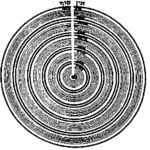
Sweeping Infinities Under the Rug—or Renormalization Having dealt with internal contradictions in the previous section (see Physics of Tzimtzum I — The Quantum Leap and
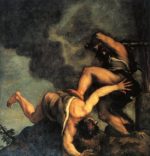
…And Abel was a keeper of sheep, but Cain was a tiller of the ground. And in process of time it came to pass, that Cain
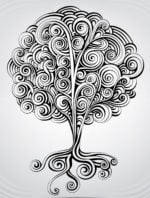
As we discussed in the earlier post, The Tree of Knowledge as a Metaphor for Superposition of States and Heisenberg’s Uncertainty Principle, the Heisenberg uncertainty
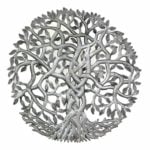
As always in science, every answered question breeds new questions. Now that we understand that the Tree of Life and the Tree of Knowledge are
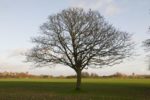
And out of the ground made the Lord G‑d to grow every tree that is pleasant to the sight, and good for food; and the

The Lord spoke to Moses, saying: Speak to the children of Israel and you shall say to them that they shall make for themselves fringes

Today is Rosh Chodesh Adar Bet – the New Moon and the beginning of the second month of Adar. If we ever to have a month
Do you like riddles? Here is a riddle – what do these two figures represent in the context of Exodus? No Idea? How about

Give me the Machpelah (double) Cave Genesis 23:9 The first legal acquisition of land in Israel takes place in this Torah portion, Chayei Sarah, when Abraham
By the mouth of two witnesses, or three witnesses, shall the one liable to death be put to death; he shall not be put to
And the entire Mount Sinai smoked because the Lord had descended upon it in fire, and its smoke ascended like the smoke of the kiln…
Acharei Mot 1. And the Lord spoke to Moses after the death of Aaron’s two sons, when they drew near before the Lord, and they
I came across a post by Rabbi Herzl Hefter on Mekom Torah that I found so profound, I felt compelled to repost it here. The